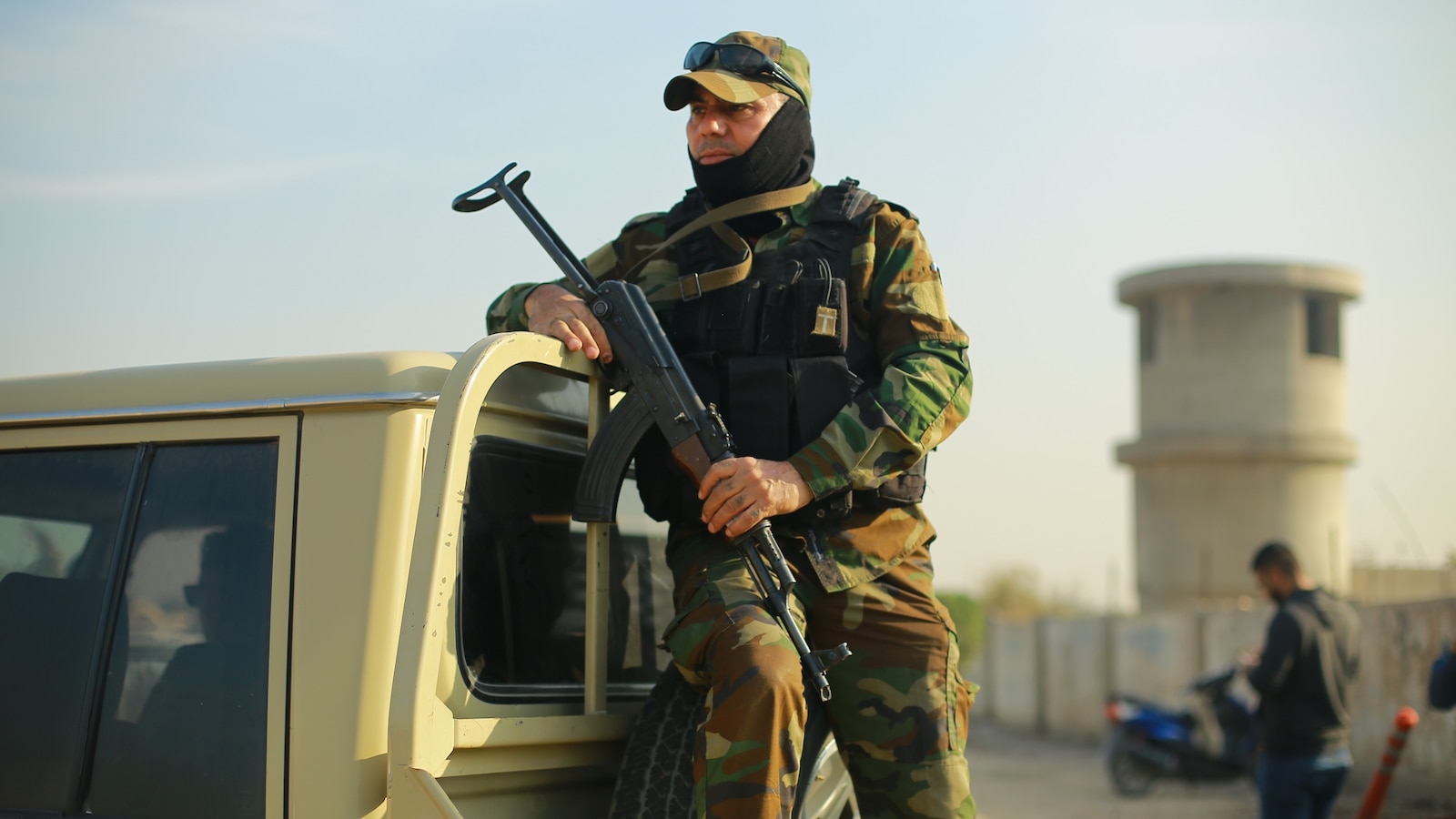The U.S. and Iraq will begin formal talks in coming days that officials say could lead to the eventual withdrawal of American troops in the country, a major milestone in the years-long effort by the two countries to fight the Islamic State.
The decision to move forward with the discussions, known as the Higher Military Commission, comes just days after Iranian-backed forces in Iraq launched a barrage of missiles on a U.S. base, injuring at least four service members and one Iraqi.
Several defense officials, speaking on condition of anonymity in order to discuss sensitive details, said the latest attack on U.S. forces in Iraq didn’t factor into the decision and that negotiations probably would have started sooner had the Israeli-Hamas war not begun.
Since last fall, some 60 attacks have been launched on U.S. forces in Iraq and more than 90 in Syria, as Iranian-backed militants blame the U.S. for its support of Israel.
There are still about 2,500 American troops serving in Iraq and 900 in Syria to prevent a resurgence of the Islamic State.

A member of the Popular Mobilization Forces (Hashed al-Shaabi), a powerful pro-Iranian militia, stands guard at the site where two members of the militia, including a commander, were killed in an alleged US airstrike, Jan. 4, 2024, Bagdad.
Ameer Al-Mohammedawi/picture alliance via Getty Images, FILE
U.S. officials also declined to say how soon troops might leave, if they do at all.
“We are going to — together with our Iraqi partners — help determine the shape of the future U.S. military presence in Iraq, and at the same time, ensure an Iraqi lead enduring defeat” of the Islamic State, said a senior defense official, speaking on condition of anonymity.
“But beyond that, we won’t speculate,” the official said.
The U.S. had been working with Iraq in 2014 to take back territory from the Islamic State and deployed troops there to train and advise Iraqi security forces to ensure ISIS doesn’t regain control.
But Iran, Iraq’s powerful eastern neighbor, holds significant sway over the Iraqi government and the Shiite militias that are nominally under Iraqi government control.
After the Israeli-Hamas war broke out last fall, U.S. forces found themselves under increased threat of attack by Iranian-backed militias in the country.
For its part, the continued presence of U.S. troops in Iraq and strikes against Iranian-backed militants has been a flash point for Iraqi lawmakers. Iraq’s foreign minister said in a statement that it wants to “formulate a specific and clear timetable that specifies the duration of the presence of international coalition advisors in Iraq.”

Secretary of Defense Lloyd Austin speaks at a virtual Ukraine Defense Contact Group (UDCG) meeting, Nov. 22, 2023, at the Pentagon.
Cliff Owen/AP, FILE
Defense Secretary Lloyd Austin said any decision to “transition” the U.S.-led coalition mission will hinge upon three factors — the threat of the Islamic State, operational and environmental requirements, and the capabilities of Iraqi security forces.
“The United States remains committed to a secure, stable, and sovereign Iraq,” he wrote.
Sunday’s attack on U.S. troops at the sprawling Iraqi airbase in western Iraq involved 17 ballistic missiles and rockets and was launched from inside Iraq, according to three U.S. officials.
While the majority of the projectiles were blocked, two ballistic missiles were able to get through U.S. air defenses, the officials said.

